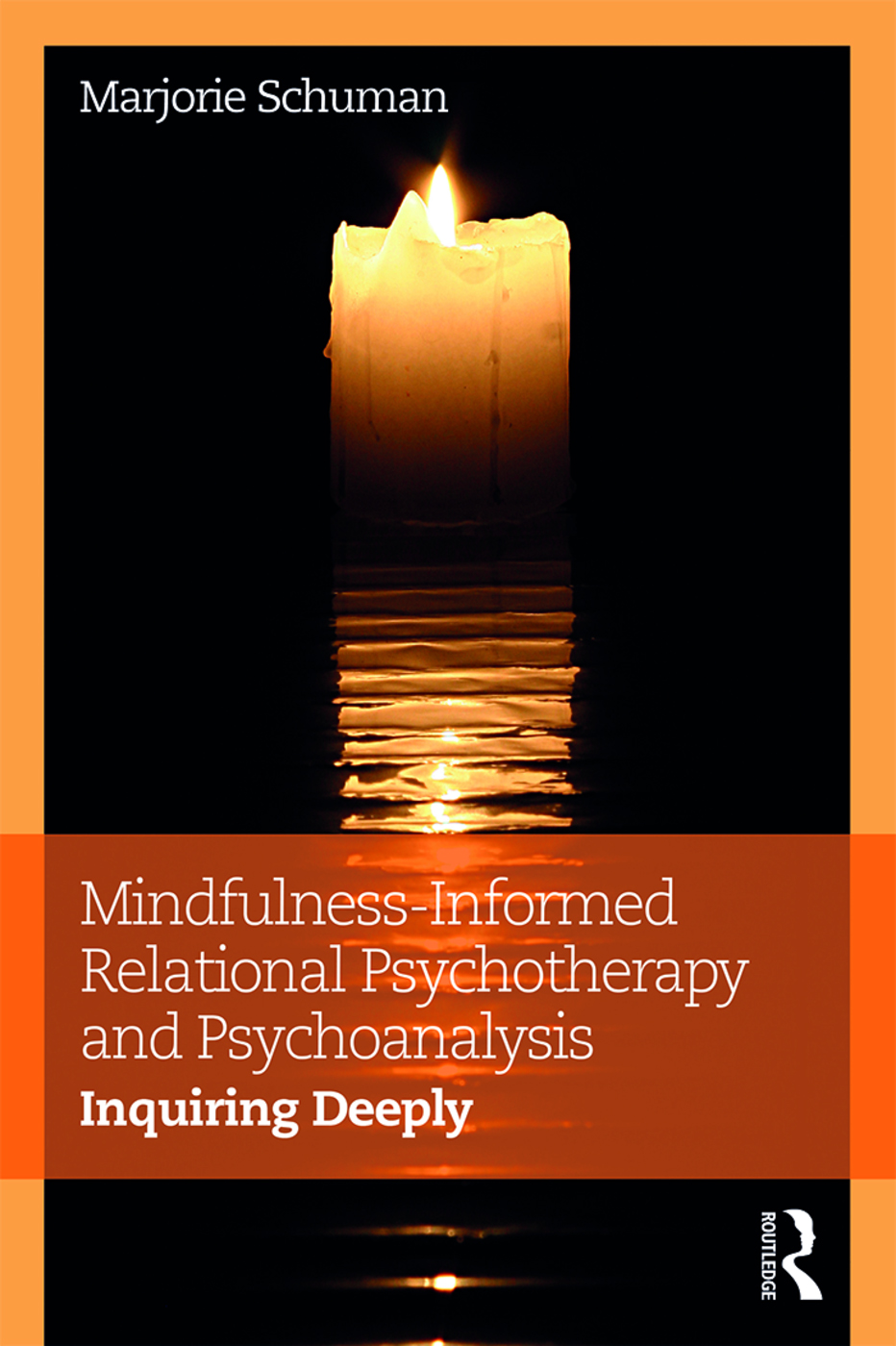February 2, 2017

As Margaret Mead once said, “We are continually faced with great opportunities which are brilliantly disguised as unsolvable problems”. Unfortunately, we often block our ability to recognize the opportunity by focusing our efforts on making the problem go away; by seeking a way out rather than a way through the difficulty. In the language of mindfulness, we get caught in aversion. Aversion is a form of resistance, and it causes whatever we are resisting to persist.
This predicament is illustrated by the experience of the Chinese finger trap. When we insert our fingers into the little contraption made of straw, the harder we try to escape, the more the finger trap tightens. The counter-intuitive trick is to push the fingers inward, allowing the fingers to be removed.
Similarly, psychological problems often require of us that we find a way to not resist a situation that is making us feel trapped. When we can bring about this attitudinal sleight of hand, we optimize the probability of finding effective solutions. The best way out is always through.
Problems and solutions are two sides of one single coin. The challenge is to relax in a way that widens our frame of view. Solutions to problems often emerge once we see what we need to see. Like the Chinese finger puzzle, we are most often caught in some counterproductive effort to free ourselves from some trap we find ourselves in. We need to inquire deeply about what is keeping us stuck; what we are holding onto that we need, instead, to let go. (Of course, this is easy to say, but harder to do).
In this paradigm for working with psychological problems, we begin from the place of understanding that problems have innate intelligence in them by virtue of calling our attention to what we most need to see. Analogous to pain in the physical body, they call our attention to underlying wounds. When we bring mindful awareness to our experience of suffering, we can begin to recognize the psychological structures in which we are trapped. Psychological healing can then occur as a function of bringing awareness to what is unconscious.












